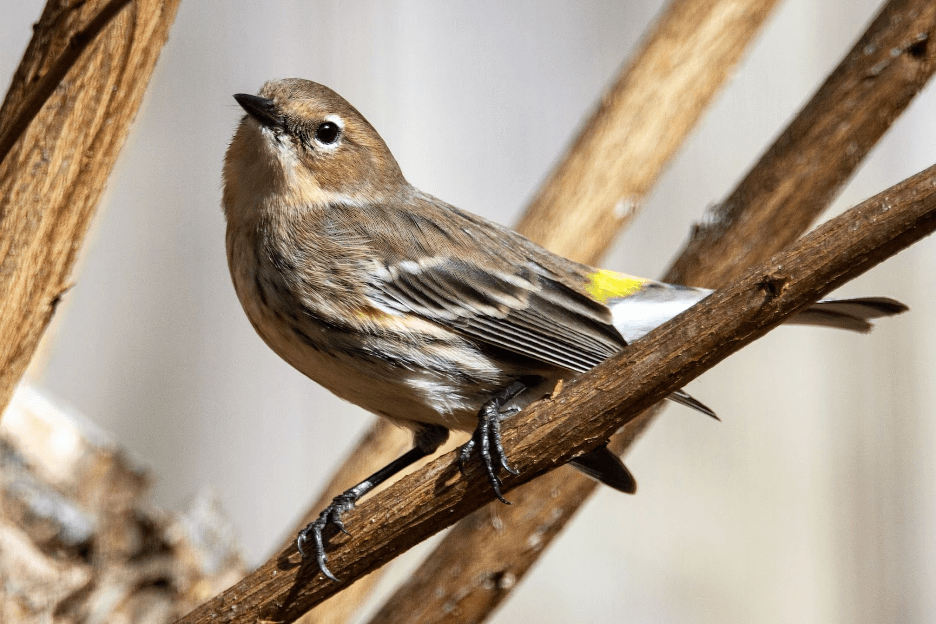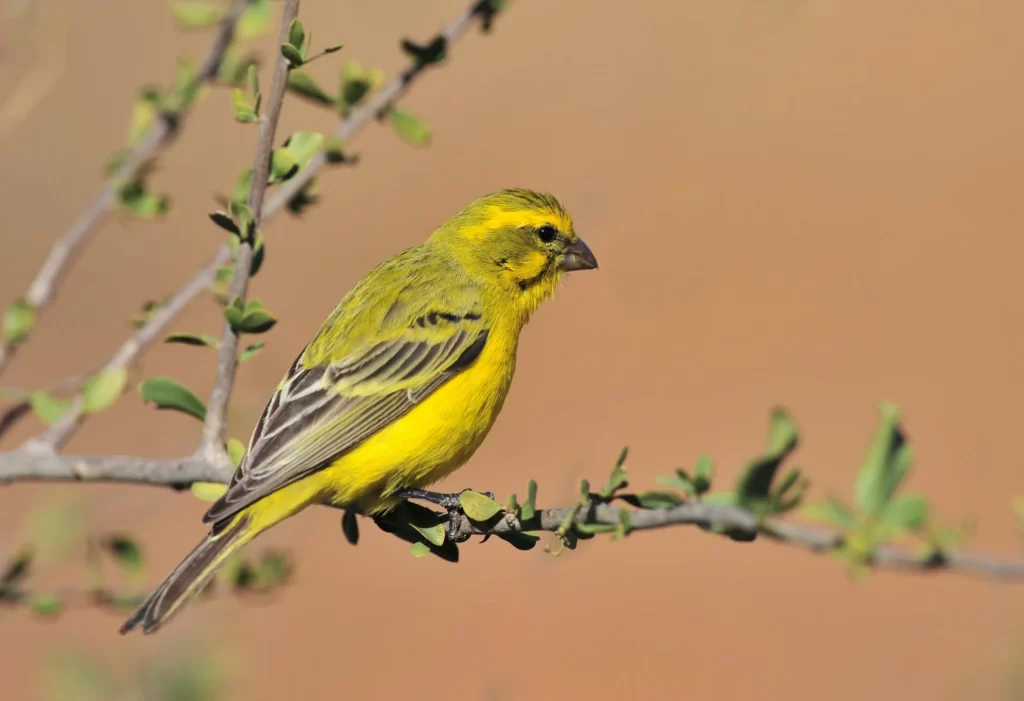
Photo by Joshua Cotten from Unsplash
The Diversity of Songbirds
Songbirds, also known as passerines, are a large and diverse group of birds found all around the world. Aside from their vibrant colors, their melodic calls and songs make them some of the most easily recognized and beloved creatures in the animal kingdom. The adaptability of songbirds is truly remarkable. They thrive in a wide variety of habitats, from dense forests to bustling cities.
There are over 4,000 species of songbirds, each with its unique ecological niche and contribution to the environment. From the tiny house finches, zipping through gardens, to the majestic lyrebirds, with their extraordinary vocal mimicry, songbirds exhibit incredible diversity in form and function.
The relationship between songbirds and plants is a prime example of mutualism in nature. As songbirds feed on the nectar from flowers, their bodies inadvertently collect pollen. They then transfer to other flowers, facilitating pollination. This process is essential for the reproduction and survival of many plant species.
Songbirds as Indicators of Environmental Health

Photo by Frans van Heerden from Pexels
In various regions worldwide, changes in songbird populations have been linked to factors such as air pollution, habitat degradation, and intensified agricultural practices. These observations highlight the importance of songbirds in monitoring and improving environmental conditions.
As environmental sentinels, songbirds can help us detect and address threats to ecosystems before they escalate and allows us to take preventive measures and mitigate the impacts of human activities on nature. This underscores the significance of protecting songbird populations and maintaining their habitats for the benefit ecological balance.
Despite their resilience, songbird populations face numerous threats, primarily due to human activities. Climate change exacerbates this issue, as shifting temperature and precipitation patterns can make it difficult for species to adapt.
Conservation Efforts and the Role of Citizen Science
Efforts to conserve songbird populations are underway, including habitat restoration projects, legal protections, and the establishment of bird-friendly agricultural practices. Designating protected areas, such as national parks and wildlife reserves, can also help preserve crucial songbird habitats.
More so, encouraging the use of bird feeders in residential areas can provide supplementary food sources for songbirds. Check out Songbird Hub for more information regarding bird feeders, as well as anything related to songbirds in general.
Citizen science initiatives play a significant role in monitoring and supporting songbird populations. Organizations like the Cornell Lab of Ornithology and the National Audubon Society offer numerous opportunities for people to participate in birdwatching, bird counts, and habitat restoration projects. By getting involved, individuals can contribute to the ongoing efforts to protect songbirds and the ecosystems they support.
Conclusion
Songbirds are invaluable members of our planet’s ecosystems. Their roles in pollination, seed dispersal, pest control, and as indicators of environmental health demonstrate just how critical they are in maintaining ecological balance.